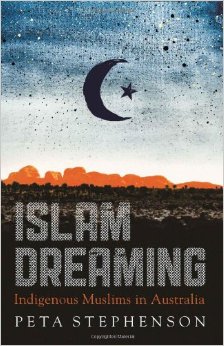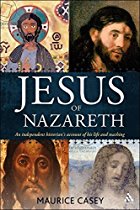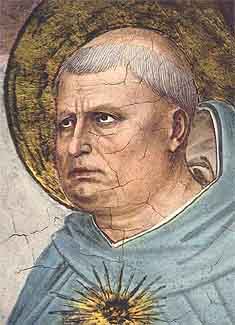
To the outsiders “everything (ta panta) happens (ginetai) in parables”. -cf Mark 4:11
The Gospel of Mark makes little sense if read as literal history or biography. For example, Jesus is said to have explained to his disciples that he talks in incomprehensible mysteries to the general public in order to deliver divine punishment upon them, not to educate and save them.
And when he was alone, they that were about him with the twelve asked of him the parables.
And he said unto them, Unto you is given the mystery of the kingdom of God: but unto them that are without, all things are done in parables:
that seeing they may see, and not perceive; and hearing they may hear, and not understand; lest haply they should turn again, and it should be forgiven them.
That last verse is a quotation from Isaiah 6. That Isaiah passage speaks of judgment that involves the destruction of the cities of the land of Israel, and from which only a tiny remnant will escape to become the new people of God. It is, of course, nonsense to imagine that Jesus could have always spoken incomprehensibly in public and still have gathered a following of any kind.
(Anyone who has read Henrik Tronier’s Philonic Allegory in Mark* will read nothing new in this post. This post is a simplified repeat of one section of his Tronier’s article, with a slightly modified twist at the end.) [* link downloads a 264 KB PDF file. Source: http://www.pitts.emory.edu/hmpec/docs/TronierPhilonicAllegoryMark.pdf]
Continue reading “The acts and words (and person?) of Jesus as Parables in the Gospel of Mark”




 The stated purpose of Maurice Casey’s book
The stated purpose of Maurice Casey’s book 


